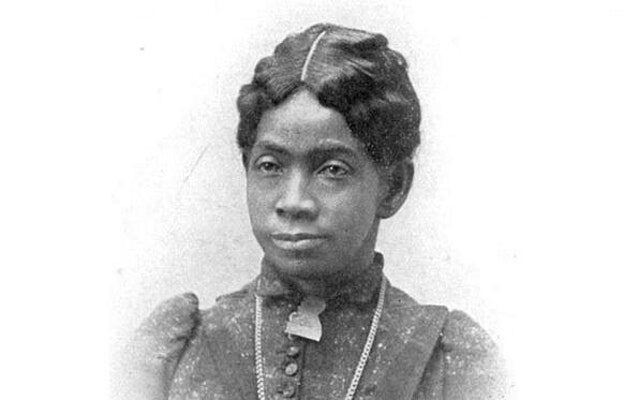The Legacy of Innovation: Sarah Boone and Her Patent for the Ironing Board
In 1892, Sarah Boone, an African American seamstress, was awarded U.S. Patent No. 473,653 for her unique design of the ironing board. Boone’s design improved upon existing models, presenting a narrower and curved shape that made it easier to iron sleeves and other garments.
2/28/20252 min read


Introduction
In the realm of domestic inventions, few items have become as essential as the ironing board. This seemingly simple apparatus stands as a testament to clever engineering and thoughtful design, primarily thanks to the visionary Sarah Boone. In this blog post, we will delve into the significance of Boone’s patent for the ironing board and explore how her invention revolutionized household chores.
Understanding the Patent
In 1892, Sarah Boone, an African American seamstress, was awarded U.S. Patent No. 473,653 for her unique design of the ironing board. Boone’s design improved upon existing models, presenting a narrower and curved shape that made it easier to iron sleeves and other garments. This innovative form significantly enhanced the ease and efficiency of the ironing process, reflecting her deep understanding of the needs of clothing maintenance. Boone's patent drawings showcase not just the structure but also highlight her ingenuity in creating a more functional tool for everyday use.
The Impact of Boone’s Invention
Sarah Boone’s ironing board patent provided women with a more user-friendly way to achieve neat and polished attire, which was a significant advantage in the late 19th century. At a time when women were expected to uphold a certain standard of appearance, her contribution was invaluable. The design not only facilitated the ironing process but also represented a shift towards more ergonomic solutions in household tasks, influencing future designs of not just ironing boards but an array of household appliances.
Moreover, Boone’s achievement was groundbreaking within the context of her time. As a woman of color in America, her success in securing a patent epitomized the struggle for recognition and rights that many faced. It serves as a reminder of the pivotal contributions women have made to innovation and industry, often overlooked by history.
Conclusion
In doubling down on her faith in the power of innovation, Sarah Boone’s patent for the ironing board has left a lasting legacy. Her design transformed the mundane task of ironing into a more efficient and manageable chore, advocating for practicality in everyday life. By recognizing Boone’s work, we can appreciate the intersection of creativity, necessity, and historical context within domestic innovation. The ironing board stands today as a symbol of progress in household design, and it is essential to remember the trailblazers like Sarah Boone who made such advancements possible.
